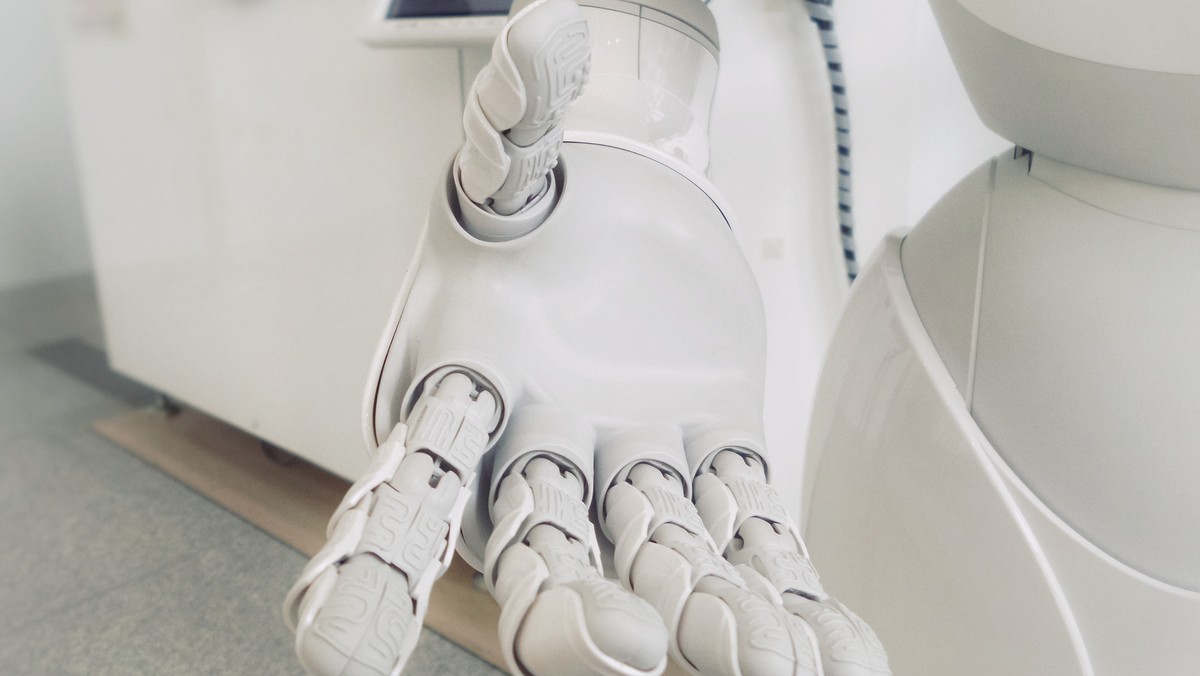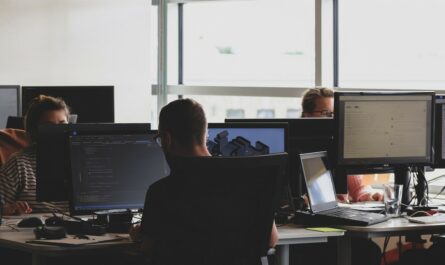Robotics and the interest in it has been rising steeply in recent years, as has the electromobility. And no wonder. The rapid development of technology, research, modern devices, artificial intelligence and much more. All this adds up to the fact that you can encounter robots in various forms at virtually every turn.
- Mobile robots
- Hand-eye systems
- Manipulation robots
Robots as such are related to both the technology used, the resulting appearance and the software applied. The goal of the robots themselves is quite obvious. Their development is primarily related to facilitating human work.
Industrial robotics started a long time ago
If you are interested in information related to robots, you will know by Isaac Asimovwho mentioned similar devices in his short stories. A certain process of robotization began to develop in the 19th century. The first patent appeared in 1954 and was held by George Devol. At that time, it was an industrial robot. Unlike modern ones, it worked on a very simple principle.
Robots in industry rule the current era
Today's technology companies can easily make a human-sized robot that performs certain tasks. Still, they are among the most widely used in the world, especially industrial robots. In fact, it could be said that industrial robotics is the greatest benefit to humans. Sophisticated devices can do more things at once than a whole group of people. Moreover, the human error factor is also eliminated.
| The law of robotics | Information |
| 1. | The robot must not harm the human |
| 2. | A robot must obey a human |
| 3. | The robot must protect itself from damage |
Industrial robots have primarily handling capabilities. They are equipped with arms, extended arms and other elements for moving things from one place to another. At the same time, there is automatic action, or the sequencing of multiple tasks in succession. Added to this is the versatility of robotics, spatial focus, and last but not least, feedback. At the same time, robots can be reprogrammed and reconfigured to do different work quite easily.
There is no doubt that robotics is the music of the future and we will increasingly see it in more and more places. Let's hope it doesn't one day fully replace humans.



